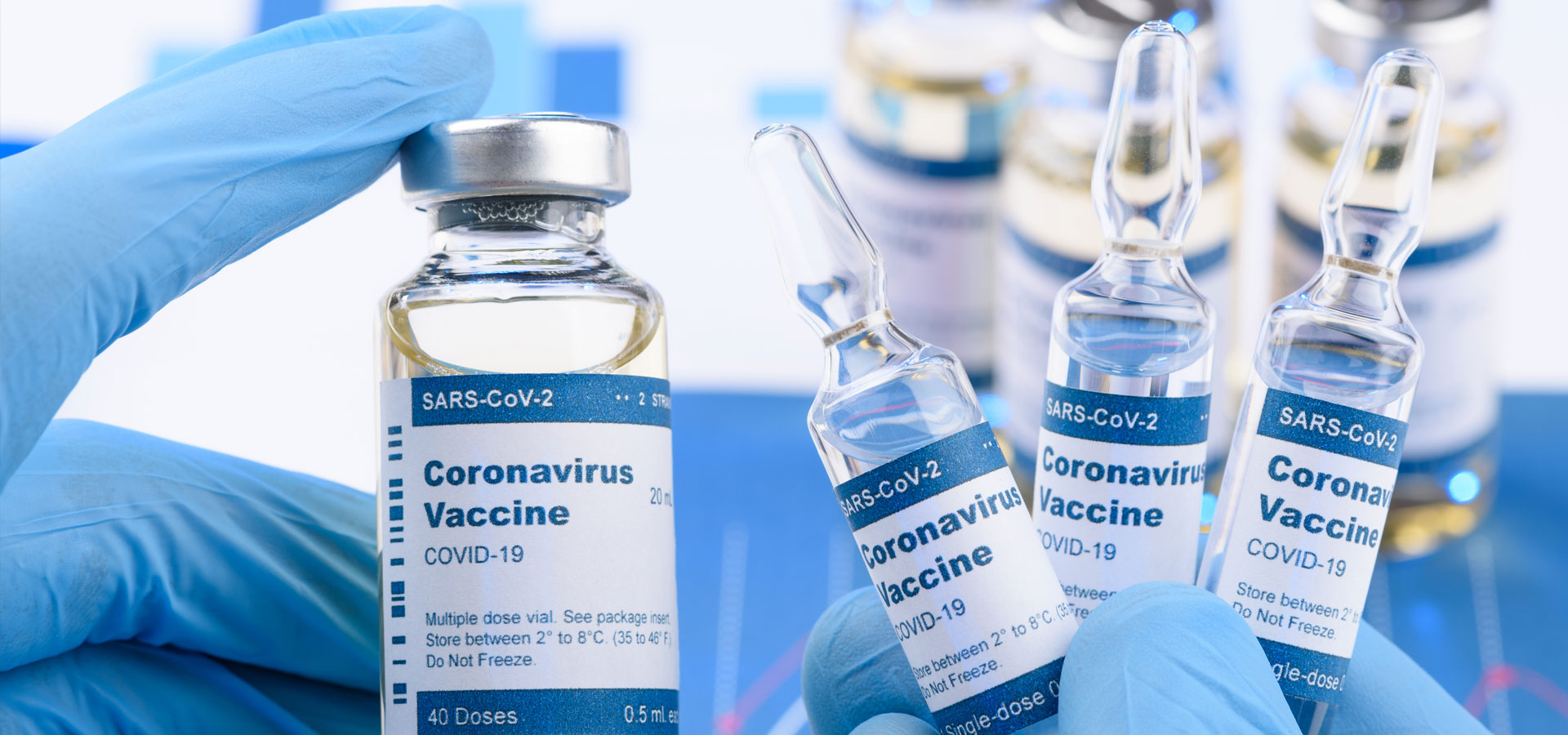Strategic Benefits
Diversity, equity and inclusion (DEI) aren’t buzzwords. They’re responsibilities, especially in the healthcare industry. DEI can directly impact patient access to care, outcomes and quality of life, as well as staff recruitment and job satisfaction.
Healthcare brands that champion these values at every level are not only doing the right thing from an ethical standpoint. They’re meeting the needs of target consumers and other key audiences. Some statistical context:
- In the U.S., racial health disparities and inequity lead to poorer outcomes and shorter life expectancies, as well as an estimated economic loss of $245 billion due to excess medical care costs, lost productivity and premature deaths.
- The COVID-19 pandemic disproportionately affected the health and financial security of people of color, low-income people and LGBT individuals.
- The country’s population is becoming increasingly diverse. Millennials and Generation Z are the most diverse generations in history.
- A 2020 Glassdoor survey found 76% of job seekers say DEI is an important factor when deciding whether to accept an employment offer and more than 50% of current employees want their employers to increase DEI efforts.
Healthcare marketing may not solve health disparities, but you can promote messages that help people of various backgrounds feel welcome at your hospital or health system. And this messaging likely reflects and helps strengthen overall your organization’s brand, purpose and goals.
If your mission and vision statements or key objectives reference providing compassionate care and improving community health, implementing or refreshing related digital strategy guidelines can help affirm these organizational priorities internally and externally. Potentially supporting population health initiatives, conveying DEI values in your content could increase consumer willingness and comfort to access care.
Implementation & Optimization
As you design and return to your strategy, keep Geonetric’s tips in mind:
- Be accurate and transparent when describing your organization’s DEI values, policies, and services.
- Publicize relevant resources, programs and services, focusing on how they benefit patients, family members, community members, job seekers, physicians, healthcare professionals and staff.
- Don’t make DEI ad campaigns to promote services. DEI isn’t a trend, and consumers are savvy enough to detect when an organization is exploiting an activist movement for financial benefit.
- Understand your audience. Conduct ongoing research or use your hospital’s community health needs assessments to understand your geographic service area’s demographic groups. Pay special attention to:
- Disability statistics and health condition prevalence
- Statistics on age, family status, immigration/citizenship status, racial and ethnic groups, religious preference, sexual orientation and gender identity
- Medical and wellness interests and concerns
- Languages spoken and communication skills and preferences
- General education and health literacy levels
- Beliefs, preferences, values and customs, particularly those around healthcare
- Consult with internal colleagues and trusted connections, such as your Patient and Family Advisory Council or local community leaders, who can help guide or react to your content to ensure it will resonate with your target audiences.
- Encourage internal and external audiences alike to provide feedback on their experiences related to DEI at your organization and make it easy to do so. An online form is a good start if submissions go to someone who follows up and has the power to influence change.
- Affirm your organization follows legal and ethical standards of non-discrimination and accessibility regarding patient care, hiring practices, etc. Make it clear how to report a concern, typical response time and any follow-up or typical actions that may result from reporting.
- Feature imagery and stories that reflect the diverse makeup of your community without tokenizing or patronizing individuals or groups.
- Monitor how competitors and organizations you admire are talking about DEI. Look for inspiration or strategies you can customize to your brand or gaps in your market that you can fill.
- Follow Geonetric’s web writing for healthcare best practices. These include using plain and conversational language to keep your content at an accessible grade reading level. These tactics make your site’s copy reflect your commitment to inclusion.
Editorial Style Guide
Your writing style guide is the centerpiece of your DEI content strategy because it shapes all your organization’s messaging.
Style guide users (writers, editors, etc.) will appreciate DEI pointers throughout your guide where relevant. Integrate tips and examples into existing sections of your guide, such as:
- Brand identity core messaging and voice and tone
- Definitions of stylistic principles, such as person-first language or plain language
- Accessibility and SEO rules
- Word list entries
- Words and phrases to use, emulate or avoid
Establish writing rules that align with your organizational values. Here are a few examples to get you started:
- Be sensitive and empathetic.
- Avoid stereotypes, assumptions, labels, and language that “others” or stigmatizes a person or group.
- Consider the user’s emotional state.
- Use person-first language (i.e., “person with diabetes” versus “diabetic”).
- When describing people with disabilities, choose language that emphasizes abilities instead of what someone isn’t able to do (“someone who uses a wheelchair” instead of “wheel-chair bound”). Avoid negative, sentimental or condescending language.
- Use preferred terminologies, asking individuals how they would like to be described when possible.
- Omit gendered pronouns if doing so does not affect clarity.
- Empower consumers. For example, when relevant, encourage patients to participate in their care by asking questions or bringing a support person.
Governance Considerations
A key aspect of a successful DEI content strategy is to regularly return to your guidelines and make any needed updates. Establish specific roles of responsibility, timelines, and other governance policies that ensure your DEI efforts stay current and effective.
Resources to Bookmark
To help your team stay current, assemble trusted resources that offer ongoing guidance on preferred language and other considerations. At Geonetric, we reference and keep tabs on publications such as:
- Associated Press (AP) Stylebook
- The Diversity Style Guide
- National Center on Disability and Journalism
- Asian American Journalists Association
- National Association of Black Journalists
- National Association of Hispanic Journalists
- Native American Journalists Association
- Religion Newswriters Association
- The Association of LGBTQ Journalists
- GLAAD Media Reference Guide
- Medical and specialty-specific organizations, such as the Centers for Disease Control and Prevention (CDC) and National Institute on Drug Abuse
Raise Your Hand
Energize your DEI strategy with help from Geonetric’s content strategists and writers. Whether you’re interested in governance guidance, editorial style guide creation or optimization, voice and tone workshopping, writing and editing trainings, or other services, contact us today for a customized solution.









